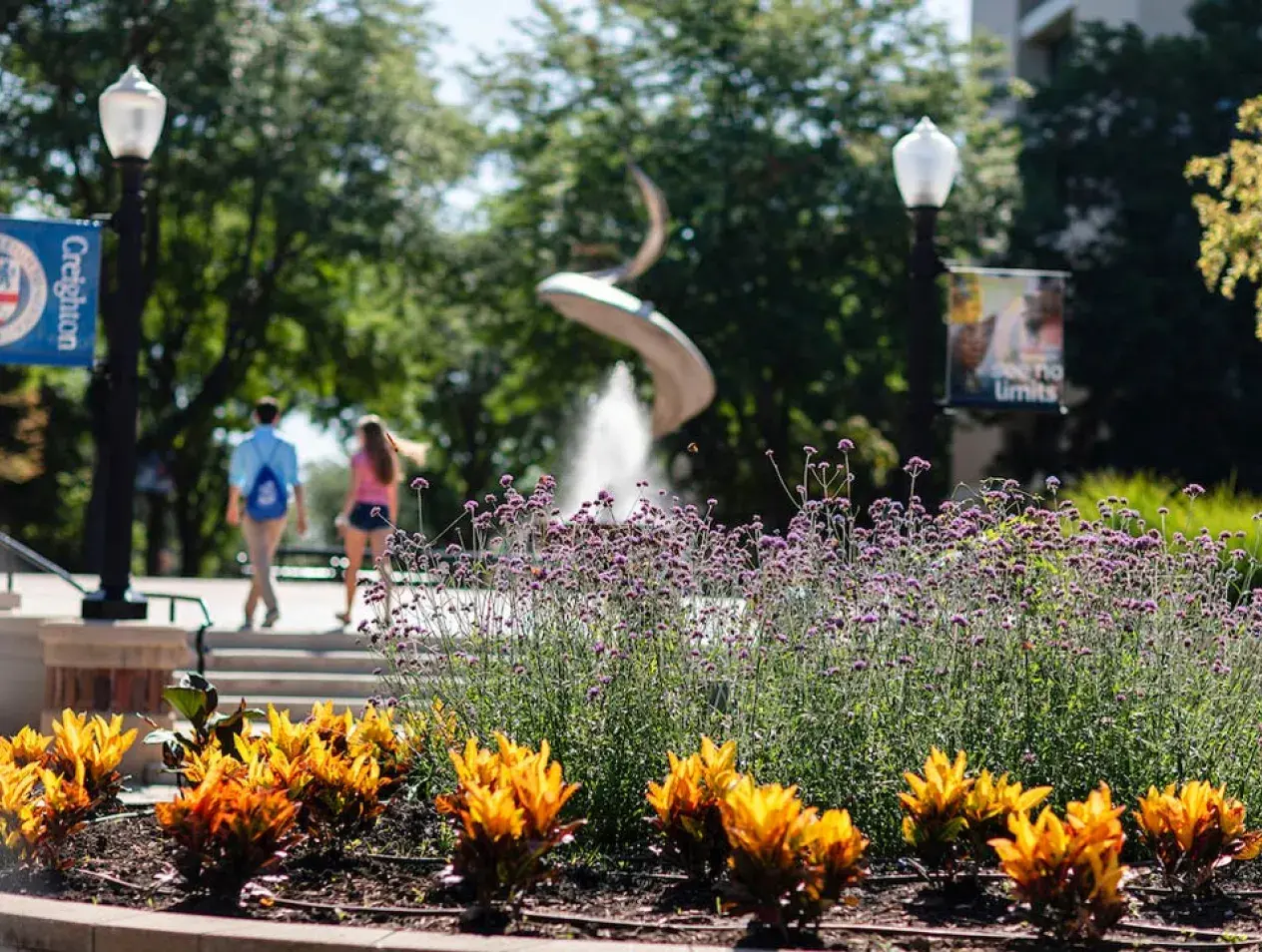
IPE 500
IPE 500 - For Creighton Students: Introduction to Collaborative Care
Credit Hours: noncredit course for all Creighton enrolled students
8 hours of didactic participation
All health sciences students from the Schools of Dentistry, Medicine (including Physician Assistant program), Pharmacy and Health Professions (including EMS, OT, PT, Pharmacy), College of Nursing and Master of Public Health Program with the Graduate School.
Course is online, self-paced and competency based. Each lesson requires students to engage with the material and pass a competency to move on to the next lesson. If a student cannot successfully pass a lesson, they need to email ciper@creighton.edu for assistance. Students must complete the course according to the deadlines outlined by their program which is in the IPE 500 Introduction to Collaborative Care Blueline course page entitled Course Completion Dates.
This course is an introduction to the concepts of interprofessional collaborative practice preparing students across the health sciences to engage in interprofessional education and practice activities during their tenure at Creighton and beyond. In this course health sciences students will gain knowledge in the Core Competencies for Interprofessional Collaborative Practice, versed in the basics of team work in the context of healthcare and begin to develop skills in team-based clinical reasoning. IPE 500 is a prerequisite to the IPE 001 IPE Passport. Successful completion of IPE 500 is required to be able to complete the IPE 001 IPE Passport.
Teaching Philosophy and Learning Strategies:
In this course, students are expected to engage in “self-directed learning” (Knowles, 1975). Adult learners bring their unique educational and life experiences to a course. These experiences are tools that enhance the learning experience. Following the principles of self-directed learning, students in this course are expected to:
- Engage in directing one’s learning;
- Employ life experience as a foundation for learning;
- Identify learning needs closely associated with personal and societal needs;
- Uphold an interest in application of concepts to real world situations; and
- Maintain a motivation for learning that is internal, rather than external (Merriam, 2001).
Therefore, students are called upon by the course instructor to be self-directed learners identifying their unique needs and professional development. Faculty members are to be viewed as facilitators of this process and peers are resources for additional course engagement. Typical lecture and sequence may not occur in this course to ensure students can engage in this type of learning.
Knowles, M. S. (1975). Self-Directed Learning. New York: Association Press.
Merriam, S. B. (2001). Andragogy and self‐directed learning: Pillars of adult learning theory. New directions for adult and continuing education, 2001(89), 3-14.


